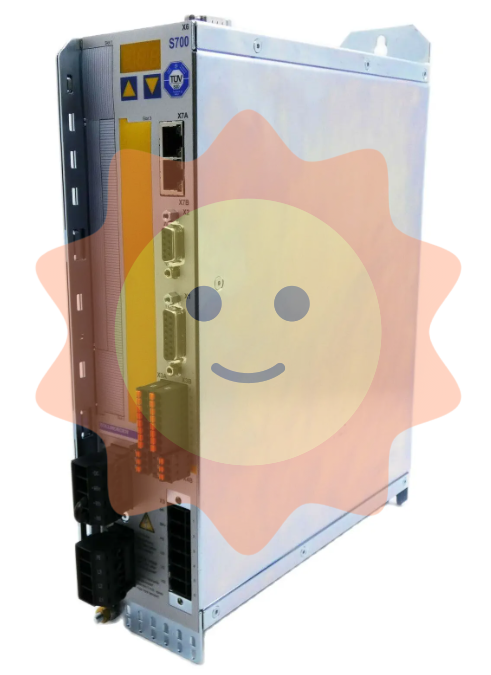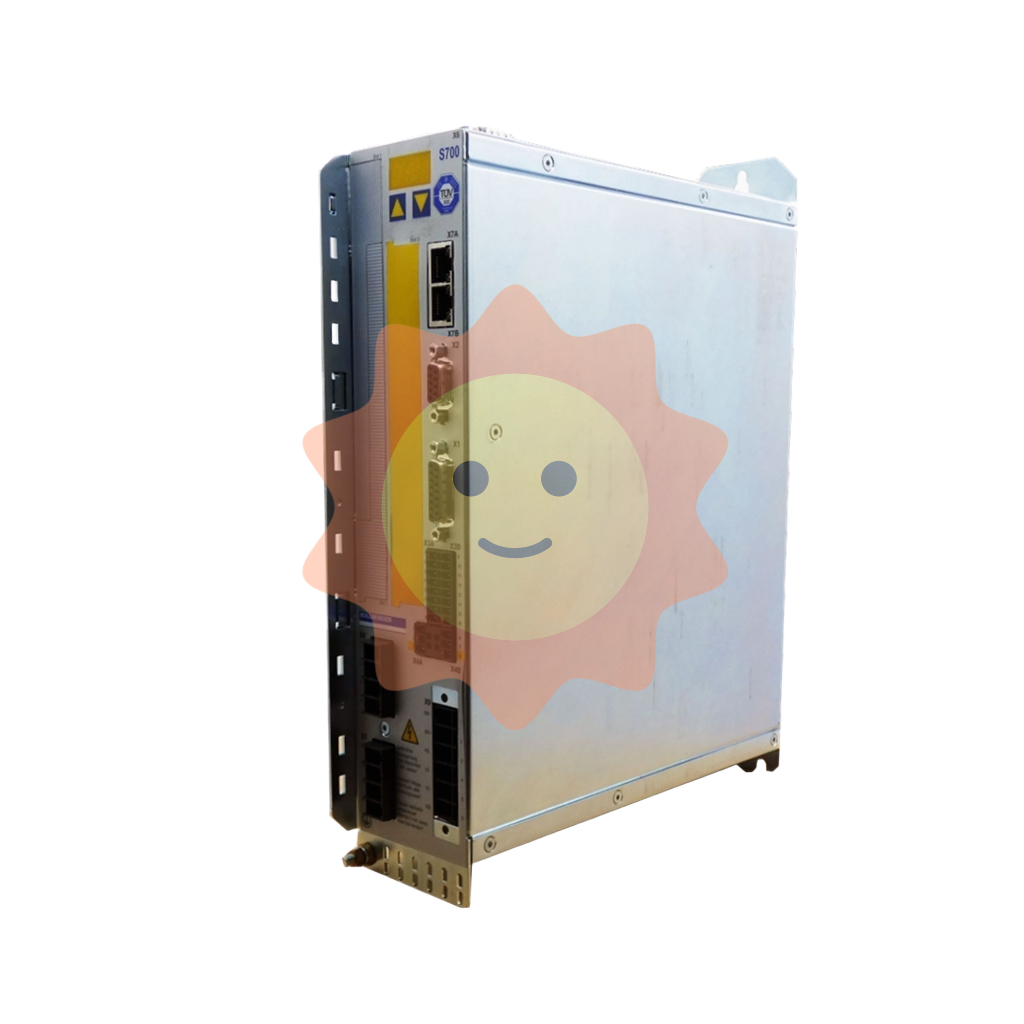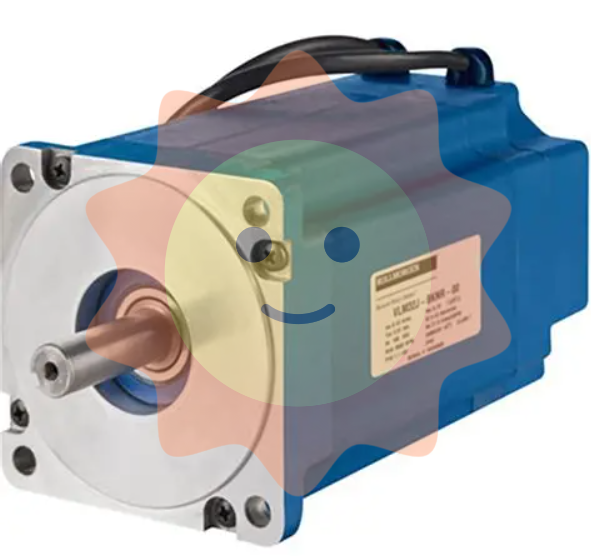As consumption habits change, what trends will drive the future of logistics real estate?
In 1760, world history experienced a major turning point. With the development of the Industrial Revolution and the transition from manual production methods to emerging machine manufacturing processes, People's Daily life has undergone earth-shaking changes, and living standards have been greatly improved.
With most brick-and-mortar stores forced to close or change their operating models amid COVID-19 restrictions, e-commerce has become more important for businesses seeking growth. Today, more than ever, it is important for owners, investors, users and operators of logistics real estate to recognize that technology is creating new types of consumers and impacting logistics real estate and all aspects of the supply chain.
Consumer habits and behaviors
Over the past decade, consumer expectations and behavior have changed dramatically. Empowered and driven by emerging technologies, a new generation of consumers is emerging who want to buy the services and products they need without leaving their homes. This new generation of consumers' desire for immersive brand experiences and virtual but better interactive services with merchants has significant implications for the entire value chain.
A deep understanding of changing consumer profiles and patterns of consumer behavior is critical to building future-ready logistics real estate, as these factors will increasingly influence the location, design, and technology infrastructure of properties. Consumers are increasingly moving to a digital world. Affected by the recent epidemic, the number of online shopping households around the world has reached a new high.
It is expected that by 2023, retail e-commerce sales will account for more than 20% of total global retail sales; In the global market, China's e-commerce penetration rate is the highest, reaching 37%.
01 What are the characteristics of the new generation of consumers?
1.1 Pursue instant gratification
Consumers are becoming more discerning and demanding immediacy and flexibility. They want to be able to buy any product from any merchant, anywhere, and decide how and when to pay. The pursuit of instant gratification is particularly prevalent among millennials, and this demand is bolstered by the growing popularity of "buy now pay later", through Internet credit payment products such as JD.com Baitiao, which allows consumers to buy products first and pay later.

1.2 Ability to compare prices
With a wealth of information now at their fingertips, consumers are able to make more informed purchasing decisions. 65% of consumers use smartphones to compare prices. Consumers' increasing ability to compare prices also makes them increasingly ignore brands.
1.3 Flexible shopping time
The development of digital and mobile technologies has gradually evolved the traditional offline purchase path into an intricate web of activity. Consumers can now buy goods through any channel they choose - they can buy in a physical or online store, or they can buy online through a mobile device or social media. Retailers are following changes in consumer spending habits, with people increasingly shopping on social media platforms, adding shopping tags to pictures or videos and promoting in-app payments.
1.4 Good at digital technology
Consumers' increasing digital literacy is reflected in their online shopping behavior, with an increasing number of consumers using their mobile phones to make online purchases. According to data released by Alibaba, since 2017, the proportion of Double Eleven transactions has exceeded 90%, and it continues to grow every year.
1.5 Want a seamless consumption experience
Throughout the purchase lifecycle, consumers increasingly expect "speed and convenience," and they expect retailers to provide them with a seamless experience. From online consumption, to product delivery, to product return process, they want a convenient and fast consumer experience. Timely and convenient delivery has become an important consideration for online consumers. Increasingly, they want online products to be shipped where and when it works best for them, and to be able to track shipments in real time.
02 How should enterprises respond?
Retailers employ a variety of strategies to cater to modern consumers and their new shopping patterns.
2.1 Adopt an omnichannel approach
The growth of the e-commerce industry means that the retail landscape needs to be adaptable. More and more brick-and-mortar stores continue to build integration between offline and online. In recent years, Walmart has become a shareholder in JD.com, and Suning has bought Carrefour and RT-Mart and sold it to Alibaba. These partnerships or acquisitions further reflect that consumers still want in-store shopping options and that a seamless, multi-channel approach is the best way to continue to grow market share. Retailers have enhanced the traditional in-store experience by introducing digital experiences such as "online shopping, offline pickup." Consumers can buy products from these traditional retailers through any channel they choose. They can visit physical stores, they can shop online, they can also use the online selection and offline pickup model.
2.2 Response of developers and owners
Changing consumer behavior, customer expectations, omnichannel, fulfillment and delivery/logistics strategies continue to be key criteria when choosing a new logistics carrier.
However, as new logistics facilities are developed, the proliferation of new technologies, bespoke warehousing/fulfillment solutions and e-commerce transportation capabilities are increasing the risk of new build properties becoming obsolete. Most of the new properties currently under development are investment products, generally based on generic design principles, with limited innovation. The pace of change in expected operational efficiency and the flexibility and complexity of new tenants have caused many developers and owners to reevaluate their business strategies. These could include more sustainable approaches to designing new products and a greater focus on understanding the end-user's business operating model.
Below is a list of the types of properties that are being affected by emerging trends, e-commerce and omnichannel phenomena, as well as the key strategic focus points:
• Storage distribution center - port and strategic location
• Consolidated warehouse - capital city, strategic location
• Fulfillment/E-commerce facilities - strategic location, major transportation network
• "Last mile" logistics facilities - small/flexible facilities close to customers, urban/suburban locations, online ordering and pickup, reverse logistics.
03 Technology and innovation of logistics sector
Although the fundamentals of design logistics buildings are becoming more and more customized.
New logistics warehouse buildings are designed to be tailored to the company's supply chain needs and its technical and customer needs, most notably in the adoption of robots and automation equipment.
The operation of the supply chain varies from product to product, such as food distribution and fashion, and is designed to maximize the operational efficiency of the warehouse user and facilitate distribution to customers while preserving the universality of the product.

New logistics buildings need to be designed with the following main factors in mind so that the risk of obsolescence is minimised when they are developed:
• Consider the way transport vehicles access and use logistics facilities, the impact of peak vehicle periods, vehicle queues and site traffic management strategies;
Employee/operator changes and required operational functions within the facility: amenities near work areas, employee access requirements (including relevant safety and functional), on-site parking and/or public transportation parking areas and capacity, personnel access/access requirements taking into account high frequency operational areas of the warehouse separately;
• Ability to provide integrated, high quality technical and digital solutions, including power access to designated server/data rooms, diversity of information sources, reservoir backbone, base building BMS/WHMS systems and backup generators.
3.1 Warehouses and distribution centers are growing in size
Over the past decade, the size of warehouses and distribution facilities has also grown dramatically as e-commerce operations have required larger areas to house growing inventories and achieve greater efficiency. New warehouses and distribution facilities are equipped with lower unloading platforms and rolling doors to increase throughput efficiency and perform multiple dispatch and scheduling tasks simultaneously. The efficiencies created by these large facilities also lead to direct savings in the "in-store cost" of consumer goods.
Clean energy technology With sustainability in mind, energy use is another indicator of efficiency. The warehouse of the future is likely to operate 24 hours a day, 7 days a week, 365 days a year, so reducing electricity and other utility consumption is an important consideration. The use of alternative energy sources to achieve carbon neutrality is an inevitable trend in warehouse construction, so in modern buildings, clean energy generation devices such as solar panels and wind power, which is still a nascent industry, will be increasingly used for lighting and heating. Charging devices for electric vehicles that can store electricity and transfer unused energy will become the most common equipment.
3.2 The emergence of warehouses in near-urban locations provides a "last mile" solution for on-demand delivery
Key players continue to develop new retail supply chain solutions and infrastructure that help merchants place their inventory closer to consumers and provide on-demand delivery networks with instant delivery capabilities. These logistics facilities are popping up. Although these small facilities may be only 1,000-3,000 square meters in size and located in urban areas close to consumers, they need to have the same functions as large distribution centers, including:
• Vehicle access, including semi-trailers, light trucks, vans, electric vehicles, and consumers' ability to "place orders online & pick up goods offline";
• 24/7 operation and high personnel ratio consideration;
• Potential need for shared/collaborative work;
• Flexibility of commercial terms with developers and owners;
• Convergence of emerging technologies, mechanization and automation.
The adoption of automation has changed the design of warehouses and distribution centers, increasing internal headroom heights and upgrading ground load capacity are becoming more common. As a fundamental way of measuring the overall cost-effectiveness of logistics, maximizing the use of expensive space within warehouses is an important goal and a driving factor behind this trend. Several warehouse developers have now raised the net height requirement from 9 meters a decade ago to 10.5 meters, which is high enough to support efficient shelf layout and increased pallet storage solutions.
This design increases the storage density and reduces the internal travel distance, greatly saving operating costs, and also simplifies the order sorting process.
Other improvements in the warehouse and distribution center's architectural design include the adoption of a 2:1 building layout ratio (aspect ratio), the addition of access doors and recessed platforms, the proximity of staff facilities to operations/work areas, the use of one-way traffic, and the upgrading of material handling equipment. Design optimization and automation of warehousing and distribution facilities reduce labor costs and energy consumption, further saving businesses on shipping costs to consumers.
3.3 Geographical Location
In addition to incorporating the best design and technology elements into logistics operations and asset functions, companies also need to strategically consider the geographical location and configuration of warehouse access and fulfillment centers to support an efficient and effective supply chain network. The location of warehouses and distribution centers is critical to the efficiency of the supply chain, so it is important to consider the proximity of these properties to supply and demand nodes related to supply chain hubs and requirements, ensuring a smoother and more efficient flow of goods during in-and-out transportation operations.
However, the main issue is whether the warehouses and distribution centers are close enough to the consumers for the fastest product delivery. Population determines the location of distribution and consolidation centers because it represents the concentration of end customers. Behind the site selection is the need to reduce transportation costs, especially the last mile delivery, which usually accounts for the largest portion of the total logistics cost. As a result, warehouse owners serving densely populated urban centers are considering moving closer to their end customers to avoid long-distance transportation and increasing traffic congestion, while also being close to major logistics hubs to achieve economies of scale.

3.4 Proximity to major infrastructure
Locating distribution facilities close to infrastructure such as ports, railways and roads remains a key element in building efficient supply chains and ensuring timely movement of goods between sources of production, consumption destinations and distribution centres. Despite the growth in the use of rail infrastructure, trucks still account for the largest volume of freight moving outward from port (and airport) facilities.
From distribution centers to fulfillment centers and consumers, good road connectivity is also critical for the efficient flow of goods. Therefore, for retailers looking for new warehouse facilities and distribution centers, the location of road infrastructure will continue to be a target for them.
3.5 Technology
Adaptability is the key to ensure that logistics real estate keeps pace with The Times. The ability of logistics properties to effectively adapt to current and future technological developments depends on the quality of backbone services provided to tenants. Both property design and infrastructure need to be integrated with the technology adopted by tenants to get products to end consumers quickly and efficiently. The coronavirus crisis has forced companies to accelerate their maturation, which could translate into increased efficiency and responsiveness. Proactive and early deployment of new technologies can bring significant benefits to owners and tenants of logistics properties. To maximize operational efficiency and effectiveness, it is important to understand the underlying and emerging technologies that will shape the future logistics real estate landscape and to assess the suitability of their adoption.
3.6 Warehouse Automation
In addition to the service, efficiency and other issues prevalent in the operating environment of enterprise warehouses, the increasing complexity of these warehouses is also a challenge. Automation is on the horizon, and warehouses are looking to dramatically improve safety, control, accuracy, productivity, predictability, and space efficiency. Keeping human intervention to a minimum is a trend in the handling of goods in warehouses, with automation facilitating a seamless process from purchase to shipment.
Automation is the solution to the transformation of warehouse operations, which can exponentially increase the efficiency of manual and repetitive tasks. Automation systems and options are diverse, but they all share a mission to simplify and transform today's most labor-intensive activities, such as sorting and packaging.
The automation shift is expected to create hundreds of white-collar engineer and technician jobs over the next 10 years. We expect the adoption of automation to surge in the near term. According to the 2019 eft Transportation Survey, 55% of enterprises are currently investing in automation. It is important to emphasize that there is no "one size fits all" automation solution, and companies need to choose the right solution based on many variables, such as product size and weight, incoming shipping, demand, inventory policy, order status, and so on.
• Loading and unloading Telescopic conveyor: provides an ergonomic and efficient way to load and unload bulk cargo for cartons and goods entering and leaving the warehouse. This type of equipment can be expanded and expanded in the container during cargo loading and unloading.
• Roll on Roll platform: By connecting the truck mounted roller system to the pallet conveyor installed in the warehouse, it provides the fastest automatic loading and unloading of standardized pallet cargo from the truck to the warehouse. In the absence of human intervention and the isolation of people and goods, the connection device pulls the goods from the truck and delivers them to the warehouse.
Cube scanner: A laser scanner captures dimensional information to measure the weight and volume of pallets, cartons or any other cube item. Warehouse management systems collect data for more efficient warehouse design, inventory positioning, transportation activities and business transactions.
- EMERSON
- Honeywell
- CTI
- Rolls-Royce
- General Electric
- Woodward
- Yaskawa
- xYCOM
- Motorola
- Siemens
- Rockwell
- ABB
- B&R
- HIMA
- Construction site
- electricity
- Automobile market
- PLC
- DCS
- Motor drivers
- VSD
- Implications
- cement
- CO2
- CEM
- methane
- Artificial intelligence
- Titanic
- Solar energy
- Hydrogen fuel cell
- Hydrogen and fuel cells
- Hydrogen and oxygen fuel cells
- tyre
- Chemical fiber
- dynamo
- corpuscle
- Pulp and paper
- printing
- fossil
- FANUC
- Food and beverage
- Life science
- Sewage treatment
- Personal care
- electricity
- boats
- infrastructure
- Automobile industry
- metallurgy
- Nuclear power generation
- Geothermal power generation
- Water and wastewater
- Infrastructure construction
- Mine hazard
- steel
- papermaking
- Natural gas industry
- Infrastructure construction
- Power and energy
- Rubber and plastic
- Renewable energy
- pharmacy
- mining
- Plastic industry
- Schneider
- Kongsberg
- NI
- Wind energy
- International petroleum
- International new energy network
- gas
- WATLOW
- ProSoft
- SEW
- wind
- ADVANCED
- Reliance
- YOKOGAWA
- TRICONEX
- FOXBORO
- METSO
- MAN
- Advantest
- ADVANCED
- ALSTOM
- Control Wave
- AB
- AMAT
- STUDER
- KONGSBERG
- MOTOROLA
- DANAHER MOTION
- Bently
- Galil
- EATON
- MOLEX
- Triconex
- DEIF
- B&W
- ZYGO
- Aerotech
- DANFOSS
- KOLLMORGEN
- Beijer
- Endress+Hauser
- MOOG
- KB
- Moxa
- Rexroth


Email:wang@kongjiangauto.com


































































































